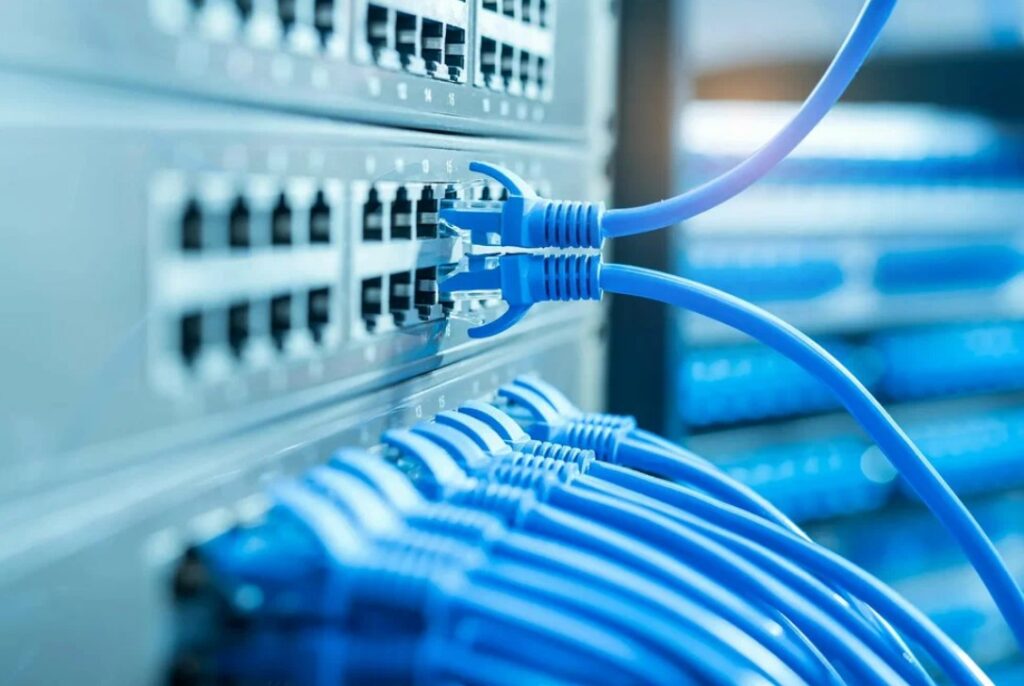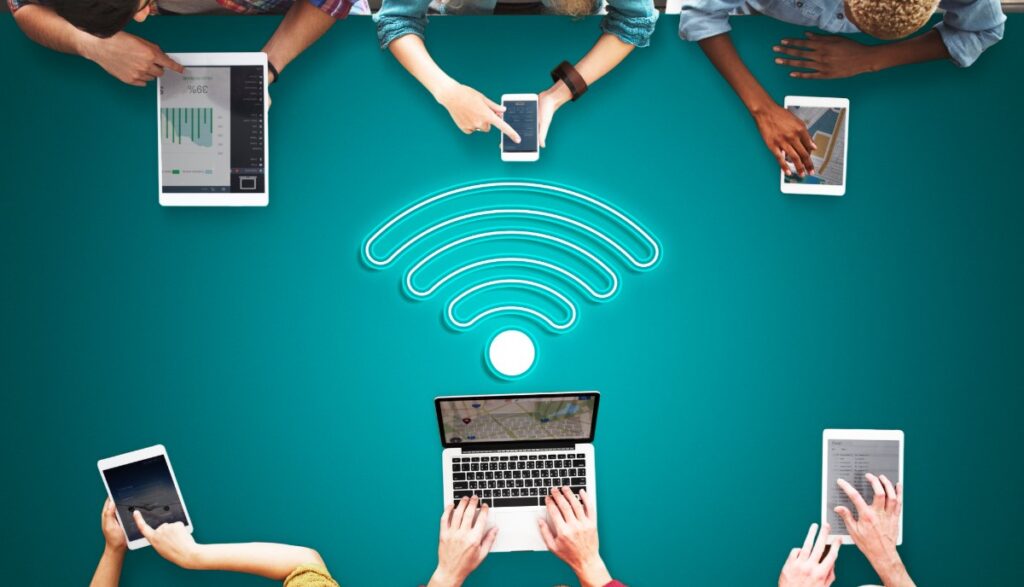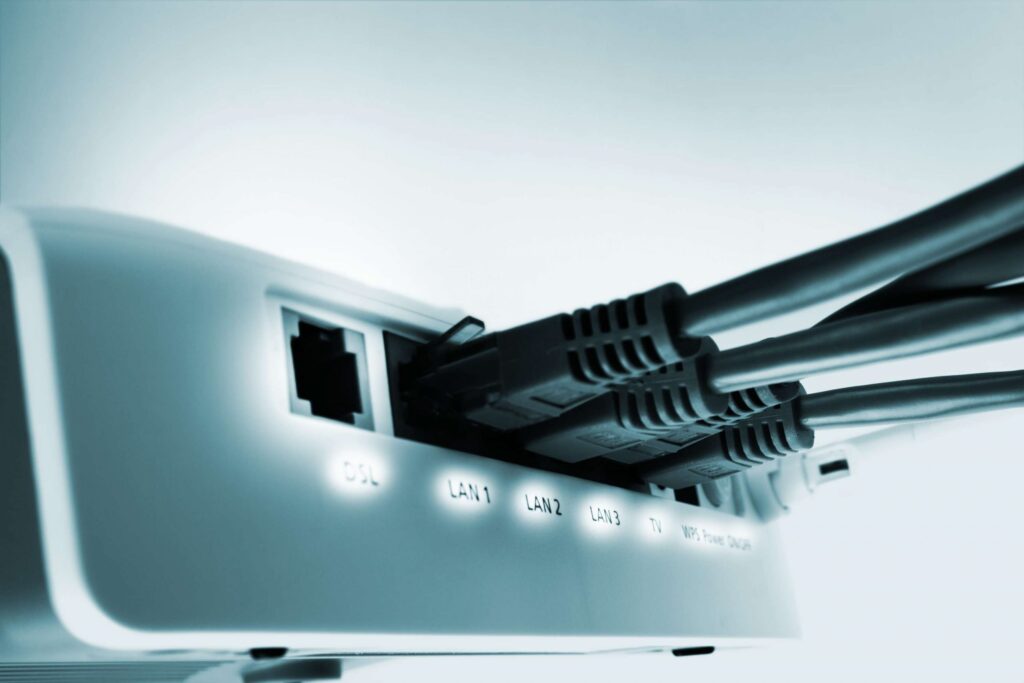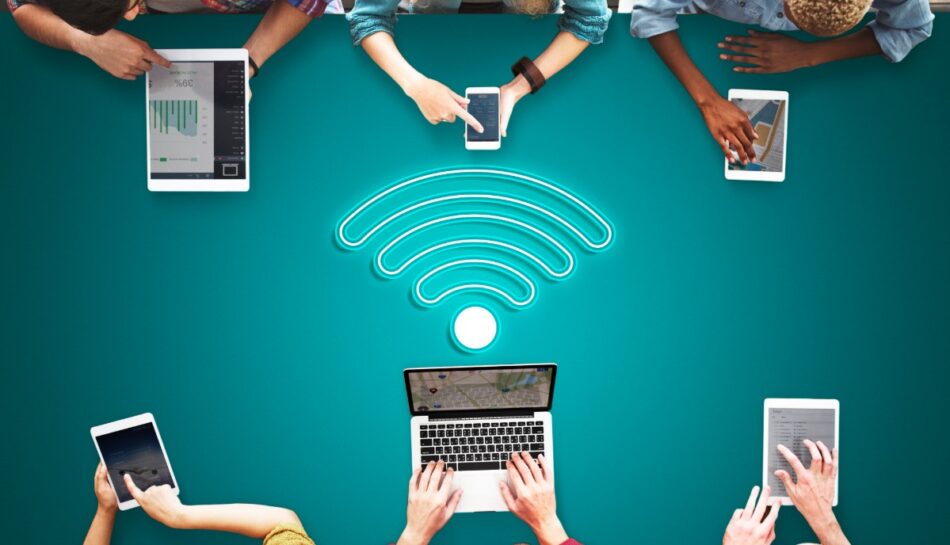No doubt, the internet has had a tremendous impact on our world. It has brought us many benefits and enabled millions of people around the globe to lead better lives.
However, there remain a few challenges in the world of internet connectivity. Security and privacy concerns continue to dominate headlines; speed and dependability issues also need addressing.
1. Secure Wi-Fi
Secure Wi-Fi is an effective way to safeguard your data when connecting to public Wi-Fi networks. It encrypts your internet traffic and blocks tracking apps so you can surf securely.
Unsecured Wi-Fi networks pose a danger for both users and organizations by leaving them open to malicious cyber-criminals who could steal personal information, “eavesdrop,” and compromise financial and other sensitive business data.

It is essential to be aware of the dangers inherent in unprotected Wi-Fi networks and take steps to protect yourself and any devices connected to these Wi-Fi hotspots. A simple but effective solution is changing default passwords for network devices with something more secure.
2. Edge computing
As the internet of things expands, companies must ensure they have edge computing solutions in place. This technology enables data processing close to its source, decreasing latency and increasing productivity.
Mercedes-AMG Petronas Formula 1 team utilizes edge computing to filter out telemetry from their cars that isn’t essential for performance analysis. This eliminates unnecessary processing and provides engineers with more valuable data to make informed decisions with.
Furthermore, edge technology can be employed to bolster security. With Secure Access Service Edge (SASE), data remains connected and protected without having to pass through a data center.

3. 5G
5G is the fifth generation of cellular technology, offering faster data speeds and capacity. It can help network operators meet increased demands for increased mobile data traffic while decreasing customer churn.
Additionally, this new capability enables network and service slicing to meet the demands of various use cases. For instance, healthcare providers could now offer remote patient monitoring and telemedicine solutions.
Doctors can utilize this technology to monitor their patients and remotely control EKG machines, dialysis pumps, respirators and other medical devices. With real-time alerts and prioritized work orders for lifesaving equipment maintenance, doctors are able to keep vital machines running smoothly.
4. Smart cities
Smart cities are urban areas that utilize sensors, software solutions and communication networks to enhance infrastructures, public services and transportation. These city technologies can assist with everything from traffic management and energy efficiency to safety and security measures.
Some smart cities are installing LED lights that adjust their brightness according to the time of day or weather conditions. These intelligent lighting systems offer great energy savings while decreasing environmental effects.
Smart cities are also using air pollution sensors to help citizens avoid inhaling toxic emissions from cars and other sources. These monitoring methods have proved especially helpful for those living in densely populated areas.

Driverless cars and smart parking meters are helping people in some cities reduce their commuting times by up to 15 minutes on average. These improvements free them from having to sit in traffic or wait in overcrowded buses and trains every day.
5. IoT
The Internet of Things (IoT) is a global network composed of billions of interconnected devices that continuously collect and exchange data. They can exchange real-time information without human intervention, enabling businesses to thrive.
Devices in the world can monitor or control the health and actions of objects, as well as collecting environmental information. They do this through sensors and actuators connected via wired or wireless networks.
IoT devices can range in function and form, from air conditioning systems in homes to security cameras – but one thing they all share is the requirement for connectivity.
These connections can be made via Wi-Fi, 4G or 5G; however, all have one major issue in common: today’s networks cannot deliver the level of service many new devices require.

